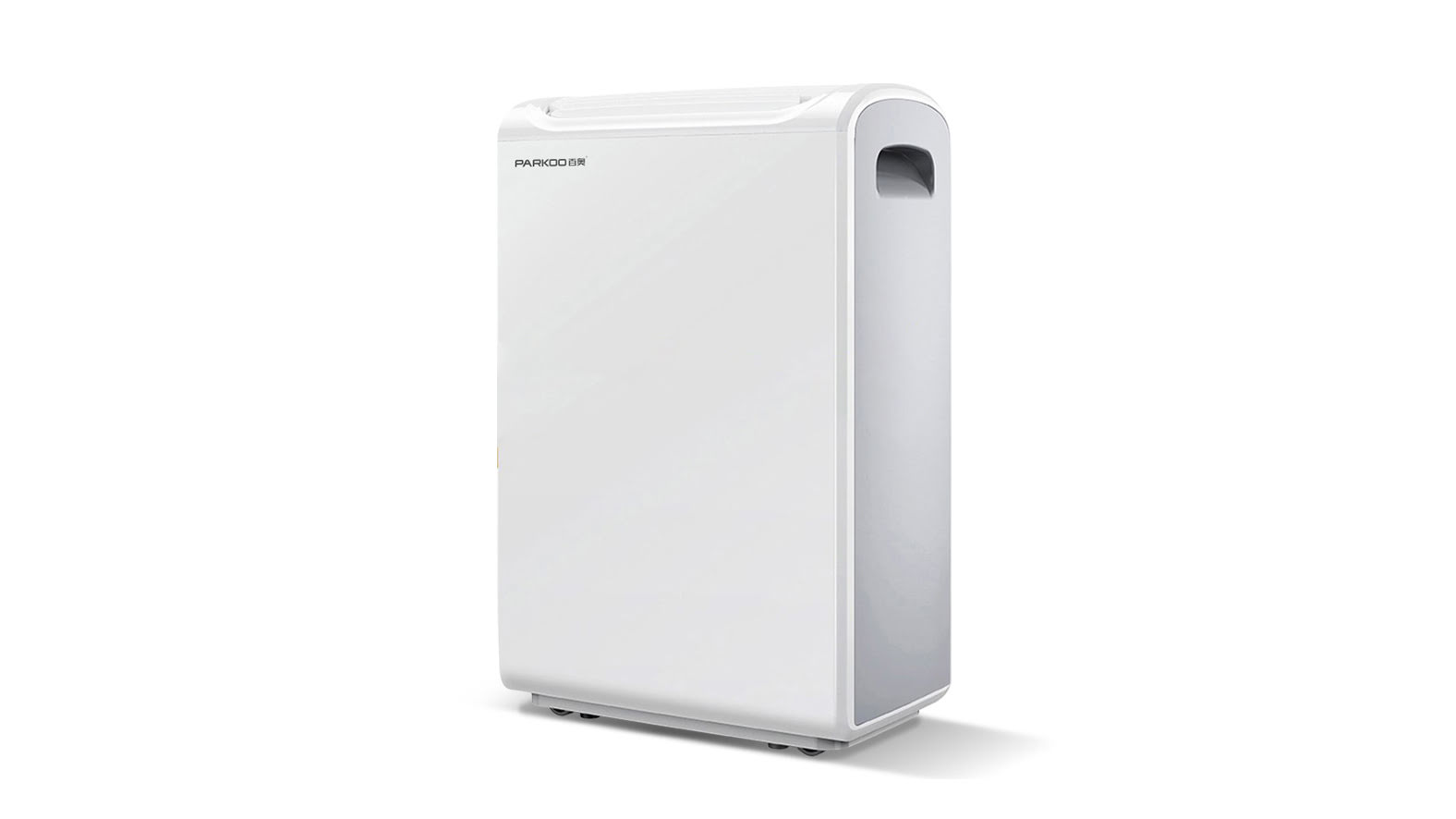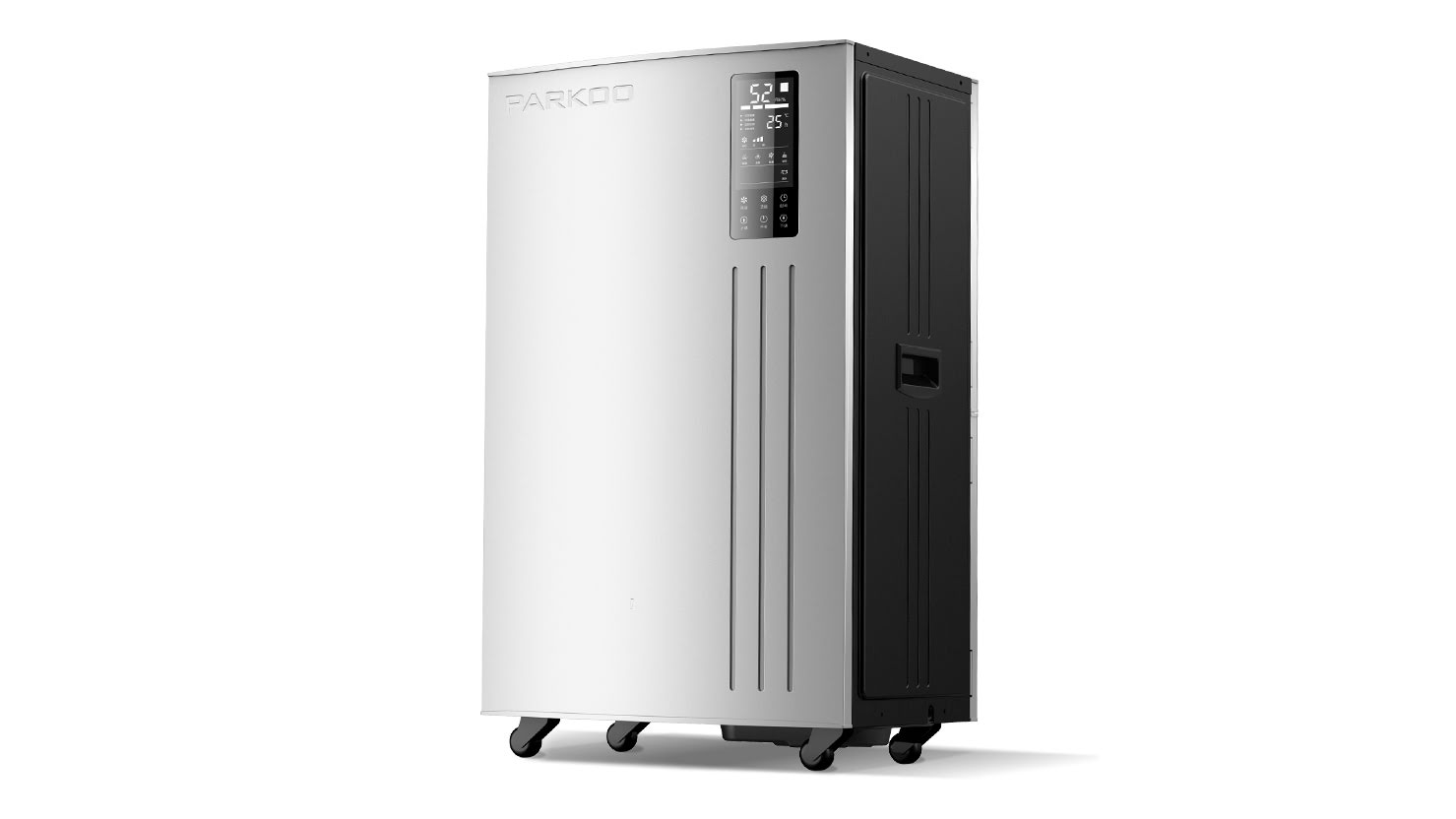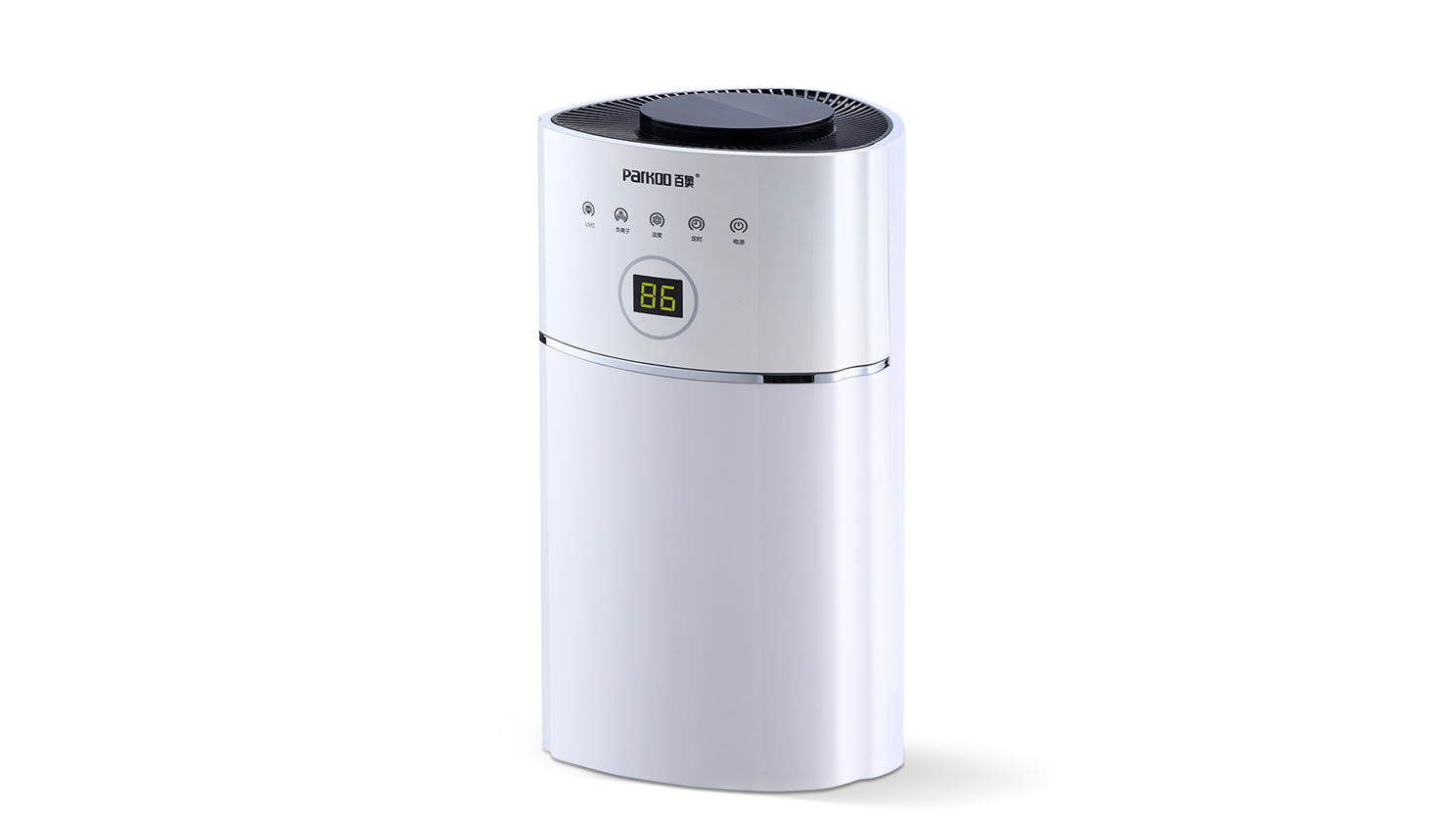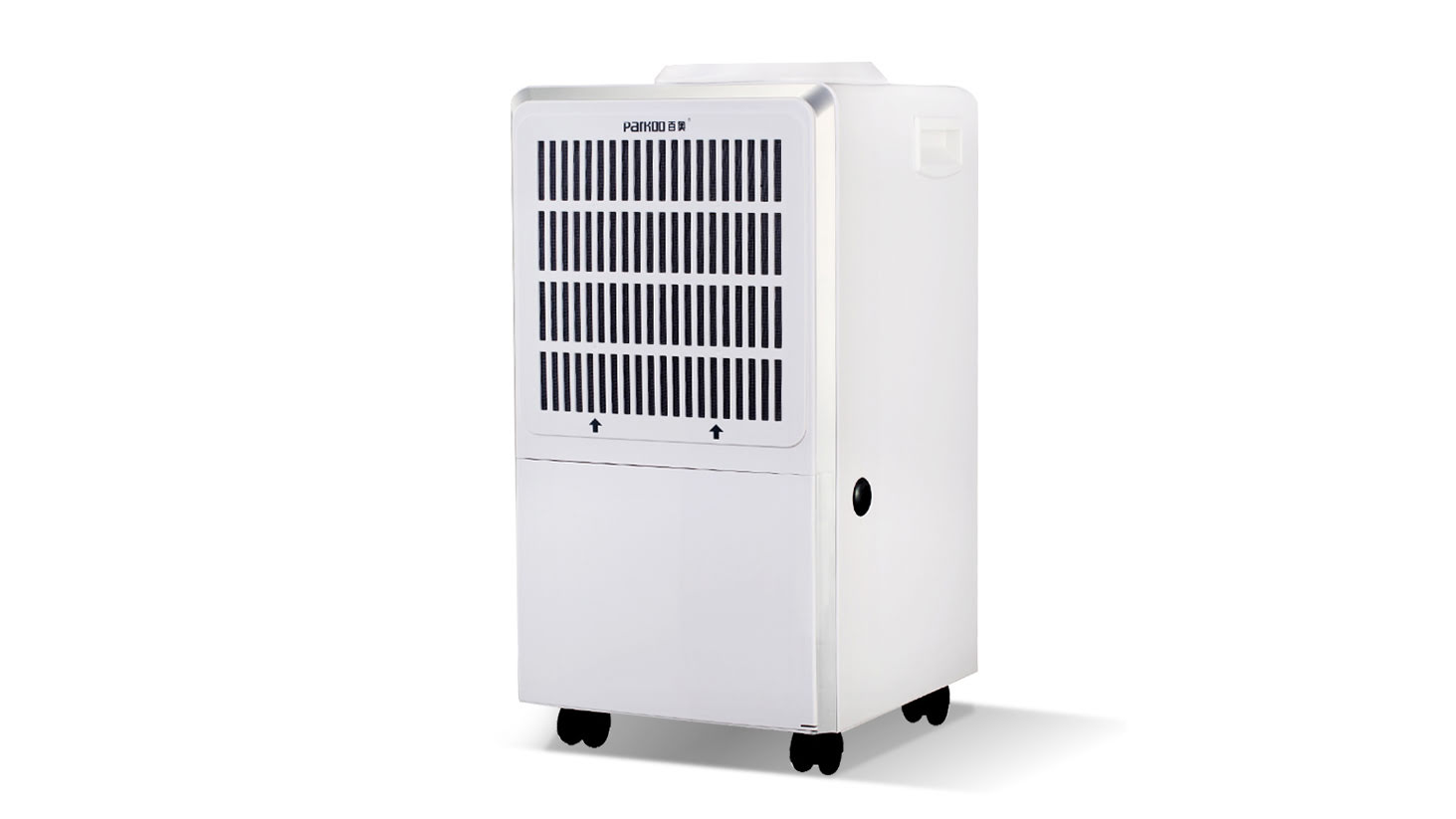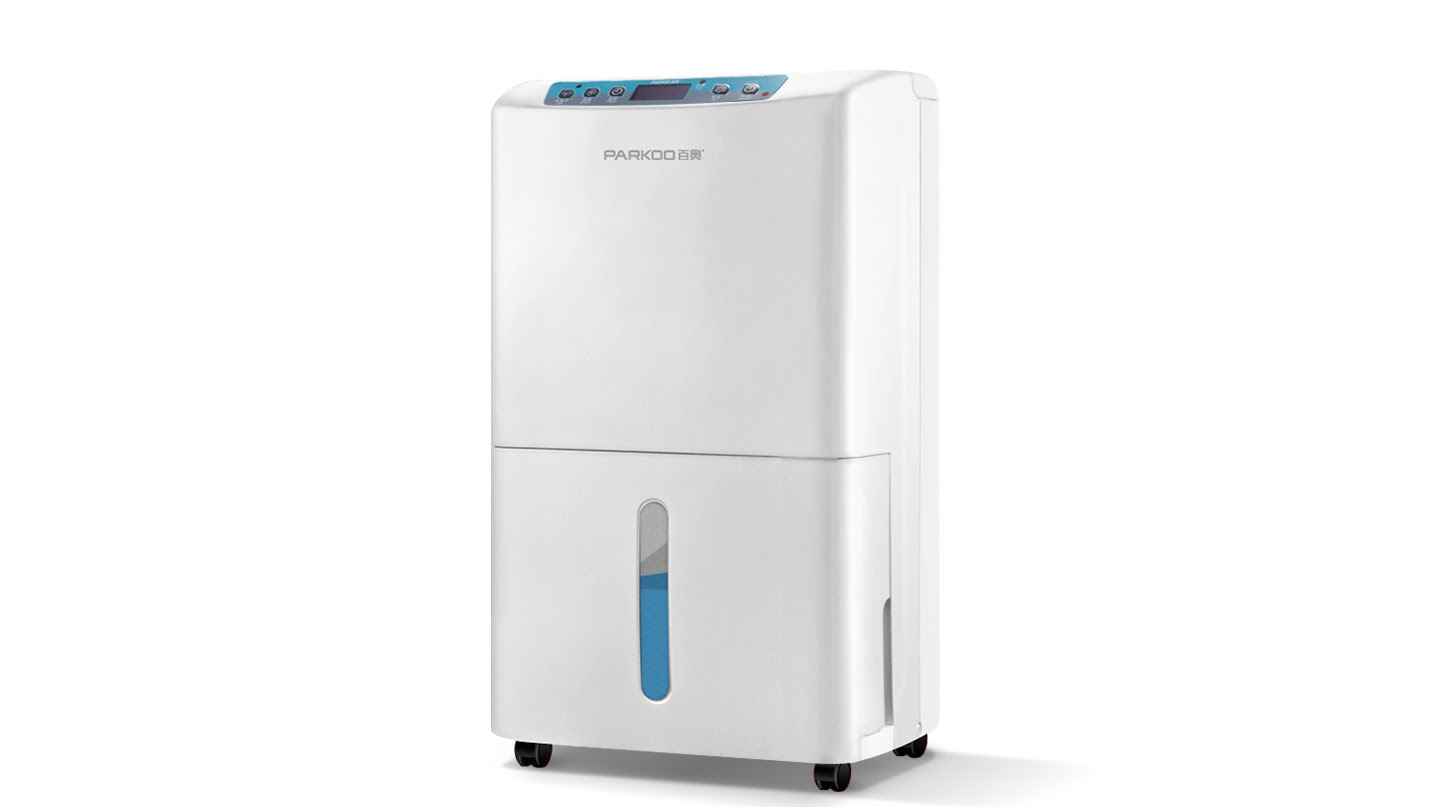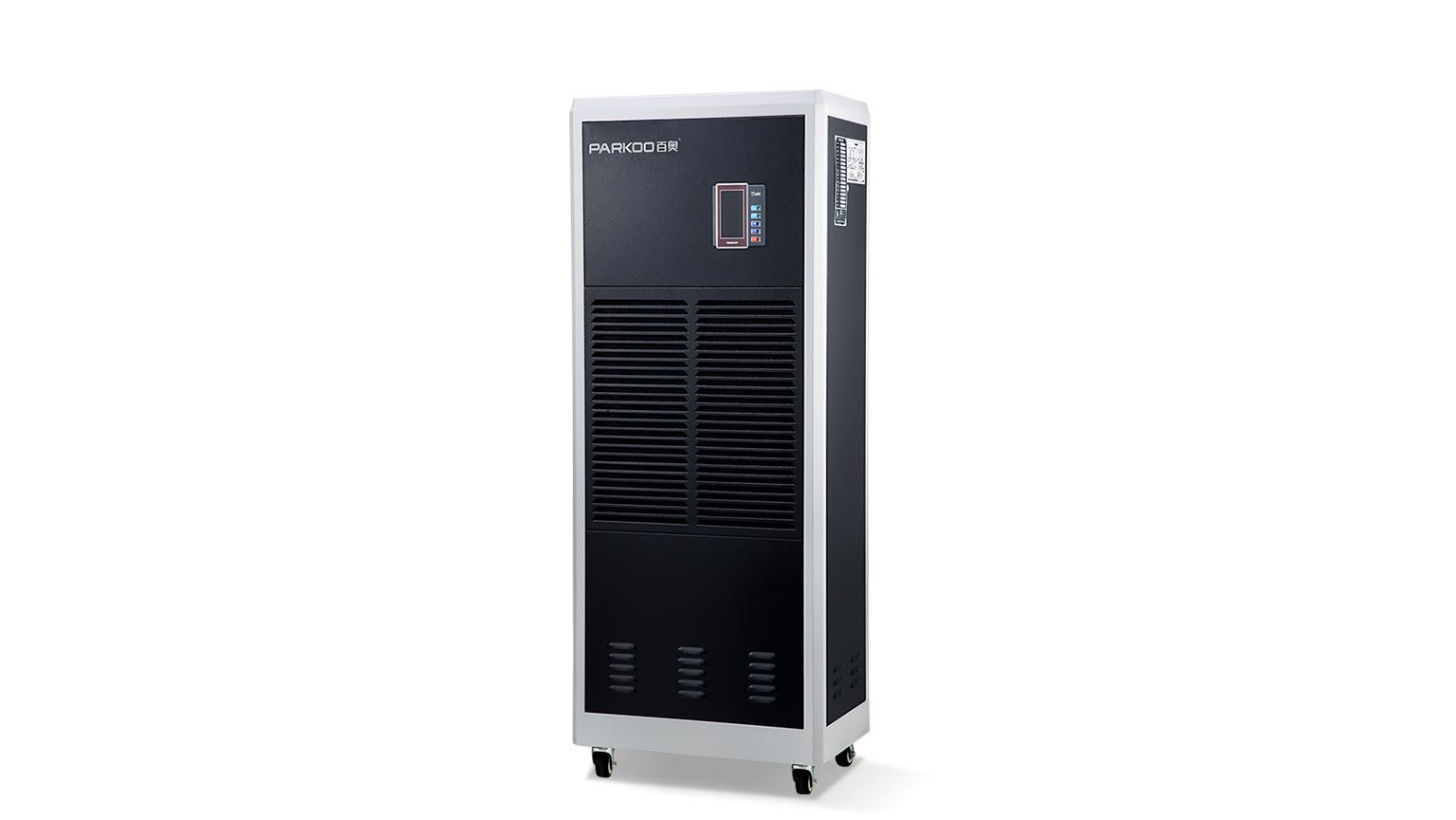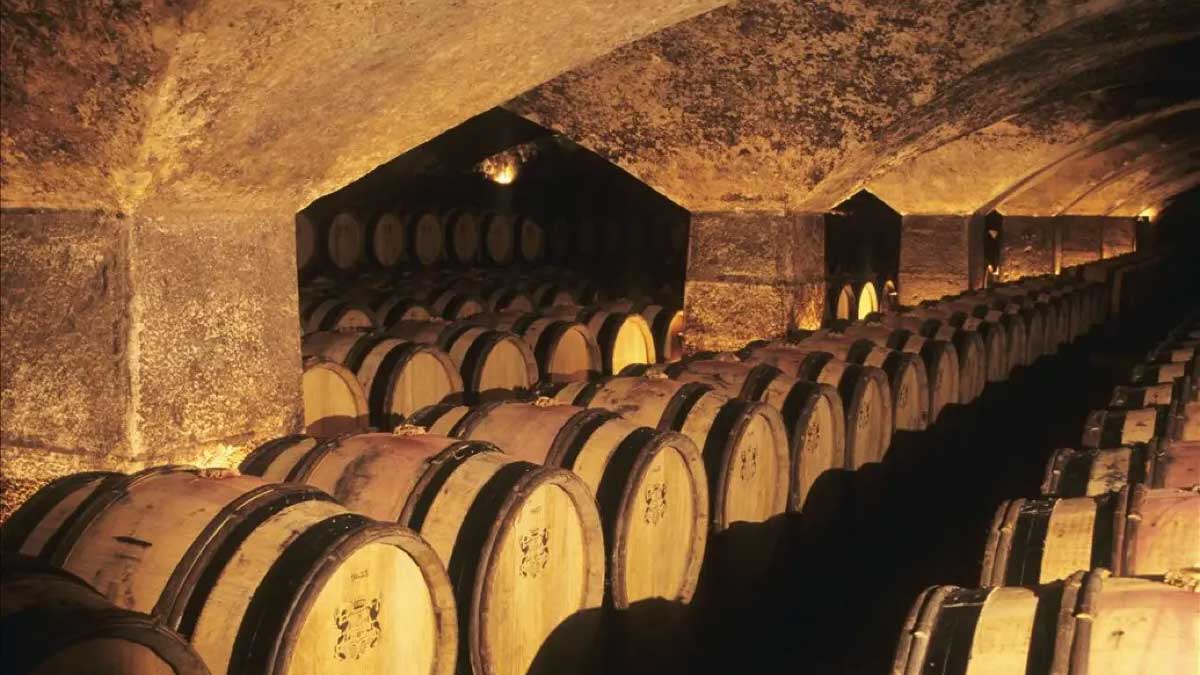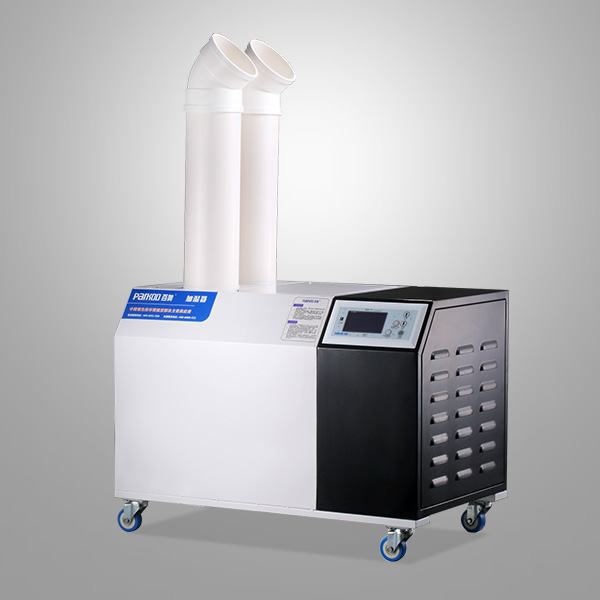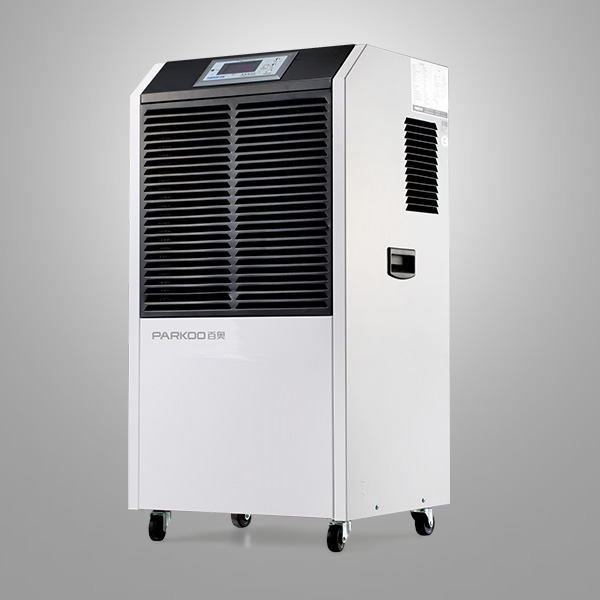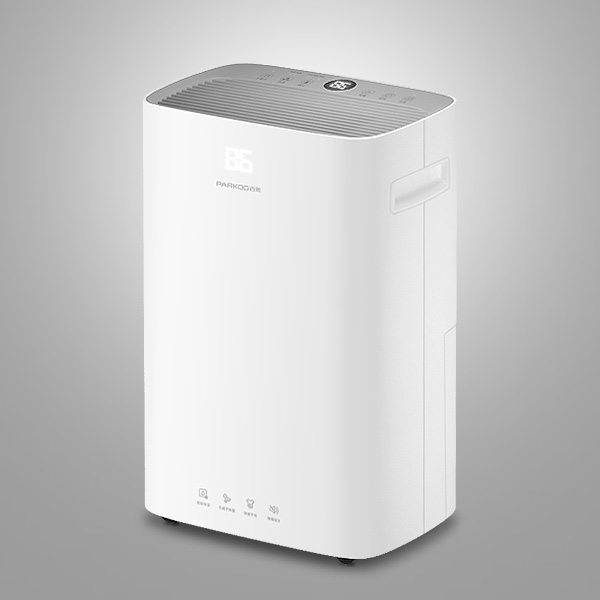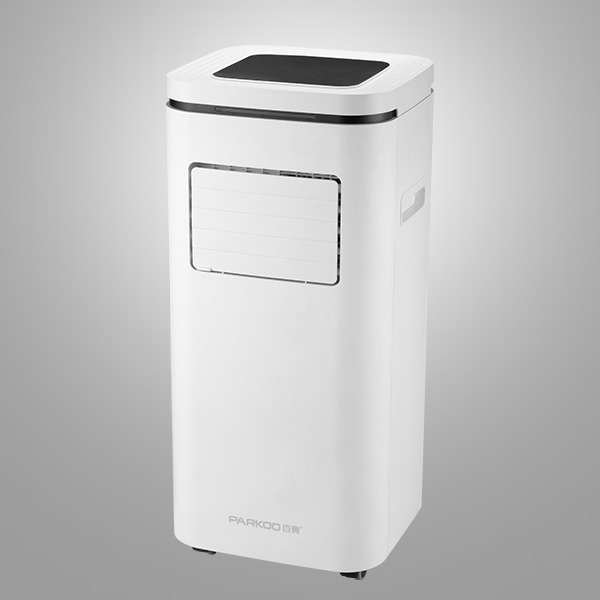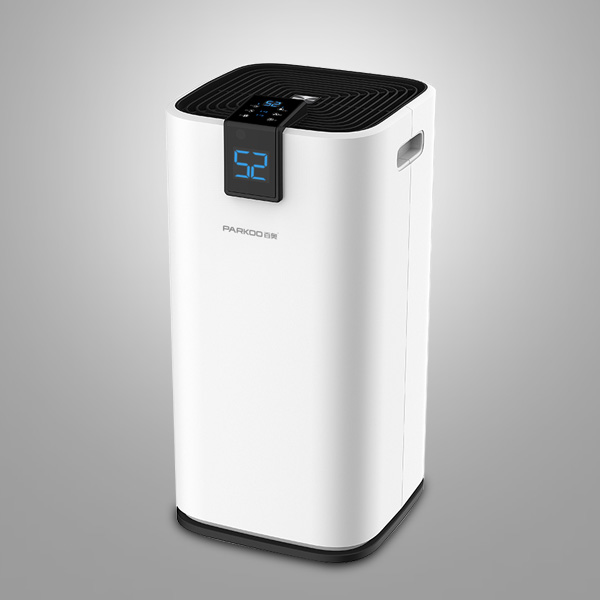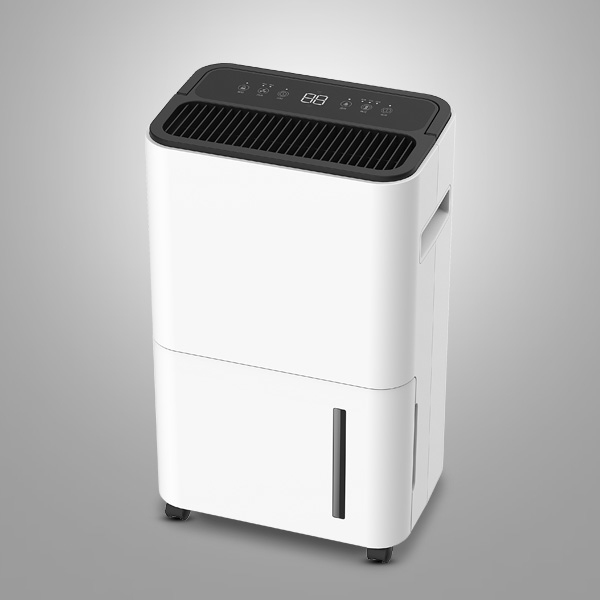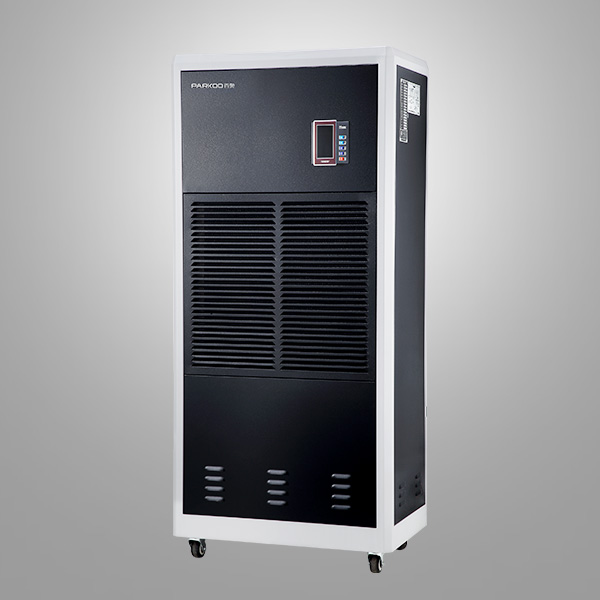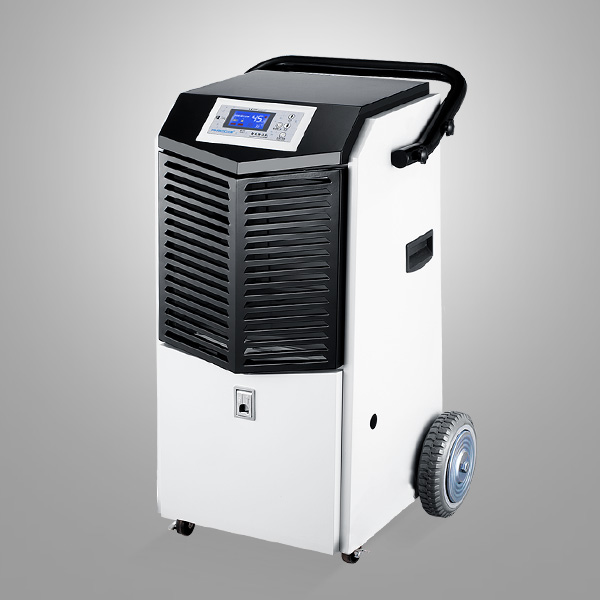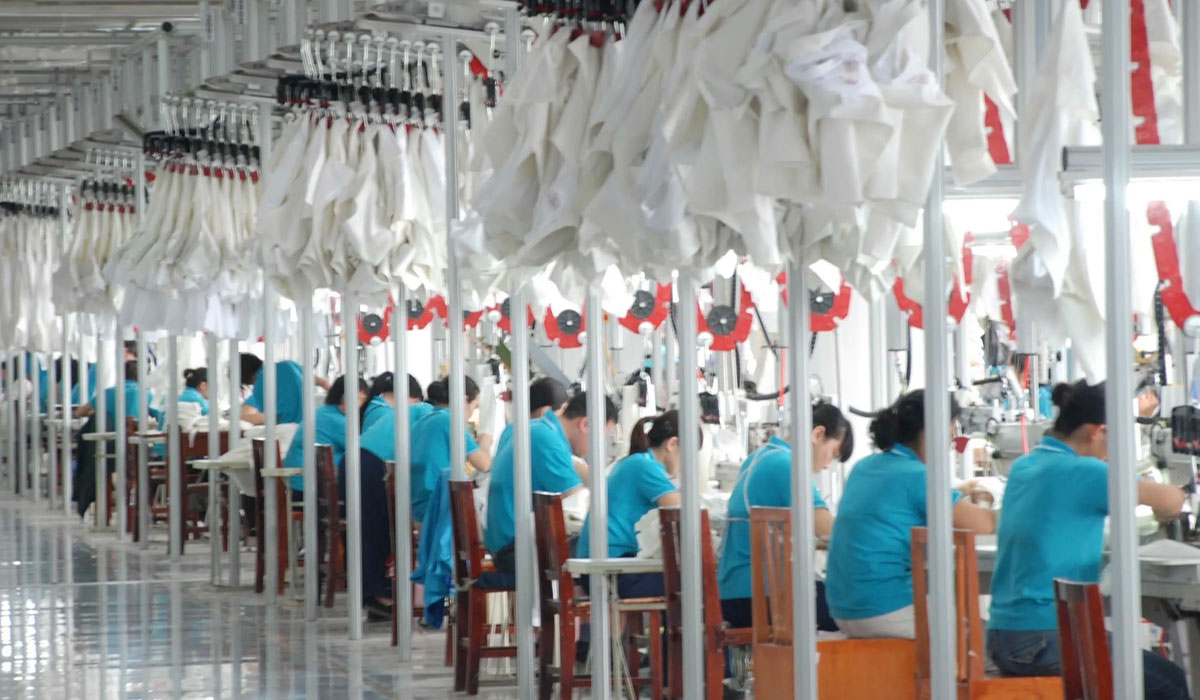There's nothing like savoring a glass of wine to take the edge off your everyday worries. Fortunately, these misfortunes can be easily avoided by simply maintaining the correct temperature, light and movement when storing wine. To ensure the enjoyment of your wine, I've come up with some simple but useful storage tips to keep each glass tasting fresh and delicious. All that's left to do with a great glass of wine is to do what you do: relax, effortlessly.
1. Maintain air circulation
It is easy to damage good wine through exposure to excessive air. Exposure causes the wine to oxidize, lose its freshness and develop a vinegar-like odor. As a proper aging method, all wines should be filled with some air first, but it is vital to make sure the cork stays moist. A moist cork ensures that there is no cracking or shrinkage and therefore no excess air!
2. Store in dim light
Exposure should always be kept to a minimum. Storing your wine in a dark place not only ensures a cooler, more humid environment, it also prevents UV rays from hitting the bottle and creating unpleasant aromas.
3. Maintain proper temperature
The optimal temperature for storing wine is around 55°F. If you don't have a dual zone wine cooler, this will work for both red and white wines. Maintaining this temperature is also necessary because fluctuations as well as high temperatures can negatively affect your wine.
An easy solution is to use a wine cooler which will also keep all of your bottles visible. There is nothing worse than searching for that one bottle while trying to cook or entertain guests.
4. Humidity
Another element closely related to maintaining the proper temperature is maintaining humidity. The optimal humidity for wine storage is around 65-75%, which should be easy to maintain if you properly factor in light and temperature. Higher humidity also helps to ensure that wine corks do not shrink.
5. Limit vibration to a minimum
This is a tricky one, at least for me. Camping, ordering wine online, beach trips - they all have one thing in common for your wine bottle: movement. Too much vibration interferes with the aging process and shakes the sediment. So for those camping trips and beach excursions, it's best to bring a bottle you covet the least, or at least one you don't have stored for a special occasion.
6. Stay on your side
It is important to make sure that the cork and the wine stay in contact with each other. Therefore, store your bottles in a cool, shady place and keep them on their sides. This ensures that the cork doesn't dry out, which stops oxygen from seeping in, which can quickly damage the wine.
7. Keep corked
There is a lot of controversy in the wine world these days debating the traditional method of corking bottles versus plastic corks and metal screw caps. What many people don't understand is the importance of the cork to wine.
The traditional method of cork harvesting dates back centuries, with countries along the Mediterranean coast thriving on cork oaks. Believe it or not, harvesting cork doesn't actually hurt the tree; after being stripped, the bark replenishes itself naturally. In addition to losing the romantic element of tradition, plastic and screw tops lack the ability to allow your wine to breathe in the way that traditional cork allows.
